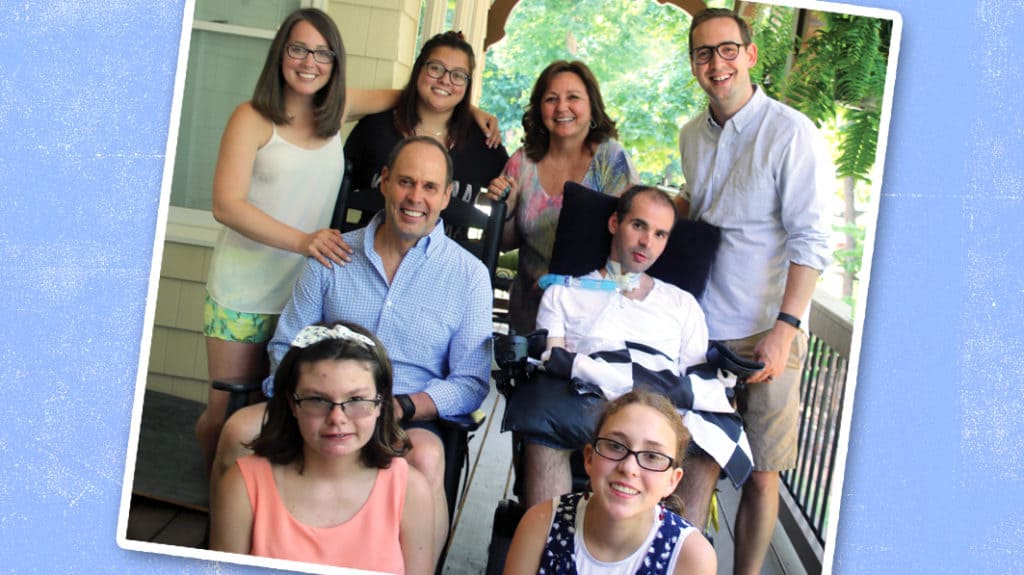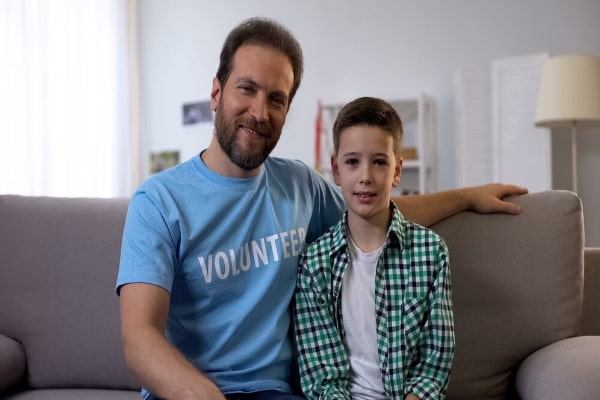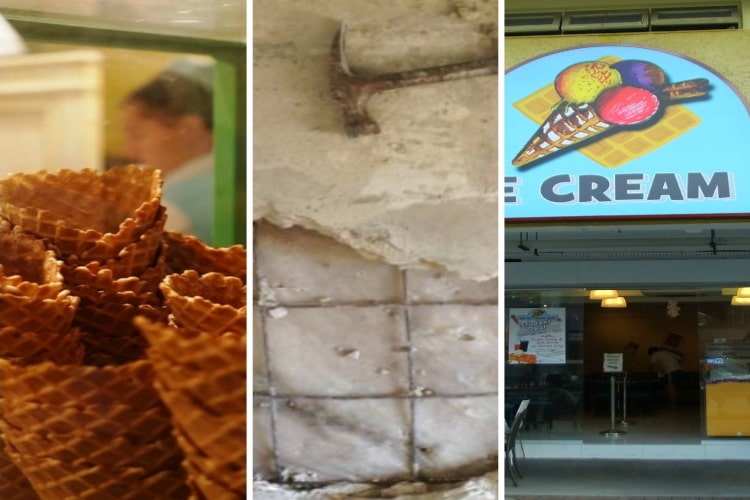
Ernie Johnson works with some of the biggest names in sports, but his most important role is husband and father to six kids, including a child with special needs adopted from Romania.
Ernie Johnson Jr. is a three-time Sports Emmy Award winner and host of TNT’s “Inside the NBA,” where he appears alongside basketball greats Charles Barkley, Kenny Smith and Shaquille O’Neal. Yet Johnson knows that some of sports’ greatest triumphs – and life’s greatest rewards – come from the unscripted moments you never anticipated.
In his new autobiography, Unscripted, Johnson describes one of those moments: when his wife, Cheryl, traveled to Romania in 1991 after learning about the country’s crisis of abandoned and orphaned children.
Cheryl left for Romania on May 16, 1991. She made her first visit to an orphanage in a village outside Bucharest. On one of those rare occasions when we were able to secure a phone line, Cheryl detailed that visit for me. As she waited in the lobby, a nurse brought out a child. It was a boy, not quite 3 years old. He had been abandoned in a park at birth. He could not walk. He could not speak. On the other end of the phone, my wife was having trouble speaking. She was in tears.
“Hon, I met this little boy today. The first child I saw. The nurse told me, ‘Do not take. Boy is no good.’ Ern, he has so many issues, he’s so much more than we said we could handle, but I don’t know if I can go the rest of my life wondering what happened to him.”
Her words hung there, demanding a response, for 10 seconds, with neither of us speaking. Sometimes you are captured, even on a scratchy telephone line halfway around the world, not by the words you’re hearing but by how they are spoken. Those words were coming from some inner recess of Cheryl’s heart, some place not easily accessed, some place for which only an abandoned, hopeless Romanian orphan had the key. Suddenly, all the things we had talked about and all the things we had written in the required adoption paperwork about the severity of a child’s condition we were willing to take on became secondary.
Then bring him home.
On July 6, Cheryl’s plane touched down in Atlanta, and the rest of the family would get their first up-close look at this kid from Romania named Michael, whom we had only seen in photographs. The concourse doors slid open and out walked this incredibly courageous woman pushing a stroller that appeared to be about as frail as the passenger it carried. Everybody was hugging and kissing and crying and . . . gazing at this blond-haired boy. A month shy of his third birthday, Michael was tiny and silent, aside from making a few indiscernible sounds. These skinny legs were sticking out from a pair of shorts, and the white socks on his feet had slid down near his heels. He wasn’t wearing shoes because he couldn’t wear shoes. His left foot was turned in at the ankle at nearly a 90-degree angle. He was passed from one family member to another like a gift that everybody wants to see on Christmas morning.
And what a gift he was.
Much of Michael’s first year was spent at various doctors’ offices and hospitals. The casting and recasting of his lower left leg over the course of a few months eventually removed the limb’s sharp right turn at the ankle, and it looked, well, normal. But his digestive system was far from that. He had been given little, if any, solid food in the orphanage. In fact, we had to basically teach him how to chew. He would take food like those vanilla wafers I’d brought to the airport and just let them dissolve in his mouth before he swallowed. We couldn’t tell him how to chew – he couldn’t speak and had no understanding of our language. We just had to show him, making exaggerated chewing motions, and in time he caught on.
And then there were the neurological tests. How severe were the developmental delays? we worried. Would there come a time when we would not be awakened in the morning to the sound of this child rocking on all fours, rhythmically banging his head against the crib? Would he ever speak? These were just a few of the questions we peppered the specialists with for months. The answers were not encouraging. One doctor told us Michael would never talk, would never bond with another person. In short, what we were seeing now was not going to change appreciably.
What did encourage us was that physically Michael was making some progress. He was walking. He didn’t put one foot in front of the other but had more of a side-to-side, waddling gait, but hey, considering he had not walked in the first three years of his life, we were thrilled. In fact, the way he moved was kind of similar to the way the legendary manager of the Atlanta Braves, Bobby Cox, would stroll to the mound to make a pitching change. The first time Michael went trick-or-treating with his big brother and sister, we put him in a Braves uniform and wrote the last name Cox and the number 6 on the back of his jersey. It was a hoot. Until it wasn’t.
When our pediatrician watched him walk in the hallway of his office, he recommended a visit to a neuromuscular specialist. His suspicions led to surgery—a muscle biopsy that left Michael with a 3-inch scar on his left thigh. The diagnosis left us speechless. Michael had Duchenne muscular dystrophy, a genetic disorder in which the muscles gradually weaken and deteriorate. There is no known cure. All we knew about MD was what we’d seen every Labor Day when Jerry Lewis would hold a telethon to raise money for research to help Jerry’s kids. Now Michael was one of them.
Because there is no cure, for many of those afflicted, kids are all they will ever be, especially if they have Duchenne. Cheryl and I were numb, confused, heartbroken, you name it. Yet we were determined to do what we had set out to do in the first place – make this child’s life a better one than what he had before. Friends would sometimes say something that I found curious, but then with repetition it really bothered me. The statement was usually prefaced with “I’m so sorry to hear about Michael.” Then the speaker would continue, “I guess if you guys had known he had muscular dystrophy, you wouldn’t have adopted him.”
Nothing could have been further from the truth. In as understanding a tone as I could muster, I would explain that we had adopted Michael not with an eye on what he would become, but for who he was – a neglected, forgotten child who deserved another chance.
We knew he had a variety of problems, but we knew nothing of his birth parents, who had abandoned him shortly after his birth, or if doctors had ever taken the time to truly diagnose everything that was going on. All we knew was that he needed a home, and we were going to provide it, no matter what the doctors in the States would eventually discover about his issues. And to take it to another level, in my view, we had no guarantees that something catastrophic wouldn’t happen to our kids Eric or Maggie. Would we then take the stance that we should never have had them in the first place?
Never. We would face that crisis head-on and do whatever we had to do to get through it. And that’s what we were going to do with Michael.








Leave a Comment